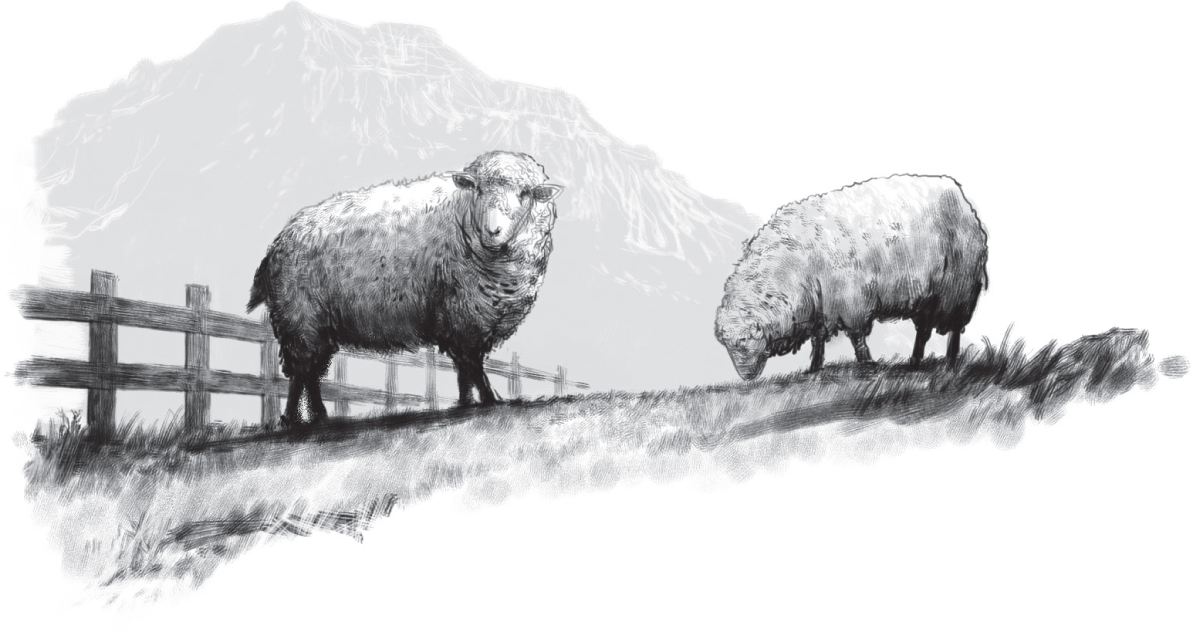
People have lived in the Andes for thousands of years. The Yaghan people, for example, have lived in Tierra del Fuego (see below) for more than 10,000 years. As in the rest of South America, most of the indigenous people eventually mixed with the settlers from Europe. There is one Yaghan woman who is the last Yahgan person alive. Most people speak Spanish now, but a few still speak the Yaghan language. Tierra del Fuego (‘Land of Fire’) was named because of the fires of the Yaghan people, which were spotted by the explorer Magellan’s expedition around the world.
Further north, people live high up in the Andes mountains. In the Bolivian and Peruvian Andes, the Incas ruled the largest empire in the Americas before the arrival of Europeans. Today, the highest capital city in the world is La Paz in Bolivia, which is 3,640 metres high. Living at high altitudes is physically demanding because there’s a shortage of oxygen, and people have had to adapt to living there.
The biggest group of native South American Indians are the Mapuche, most of whom live in Chile today. They fiercely resisted the Spanish conquerors from the 1500s to the 1700s. In the 1800s, the Chilean government settled the Mapuche people on reservations.
Most of the people who live in the rural Andes farm sheep, goats, llamas and alpacas. There are also mines in the Andes, because of its deposits of coal, iron, silver, gold, tin and copper. One of the world’s biggest gold mines is in the Andes: Yanacocha in Peru.
In 1865, around 150 Welsh people landed in Patagonia and established Argentina’s first Welsh colony, and today there are more than a thousand Welsh speakers in Patagonia.

Amazing Andes Animals
As well as the animals you’ve already met in this book (pumas, Patagonian foxes, cavies, chinchillas, guanacos, South Andean deer, Andean condors and rheas), the Andes is home to other incredible creatures. They include . . .
• Vizcachas are some of the world’s cutest animals. They look like especially furry grey rabbits with long tails, but in fact they’re related to chinchillas. They live in dry, desert environments high in the Andes, where they build vast networks of burrows. A different type of vizcacha lives in the plains of Argentina.
• Darwin’s frogs are found in Chile and Argentina. They’re brown or green with a long snout, and they’re unusual because the males incubate eggs inside their mouths. After three weeks, fully formed froglets pop out. The creatures were first classified by Charles Darwin.
• Spectacled bears, the only bear in South America, live in the remote cloud-forests of the Andes, as high in the mountains as 4,300 metres. They’re brown or black, usually with white-ish coloured circles around their eyes, which is how they got their name. Male spectacled bears grow up to about 1.8 metres and about 150 kilograms. They’re mainly vegetarian, but do sometimes eat meat.
• The yellow tailed woolly monkey is found only in the Andes mountains in Peru. It was thought to be extinct until it was rediscovered in 1974, and today it’s still very rare.